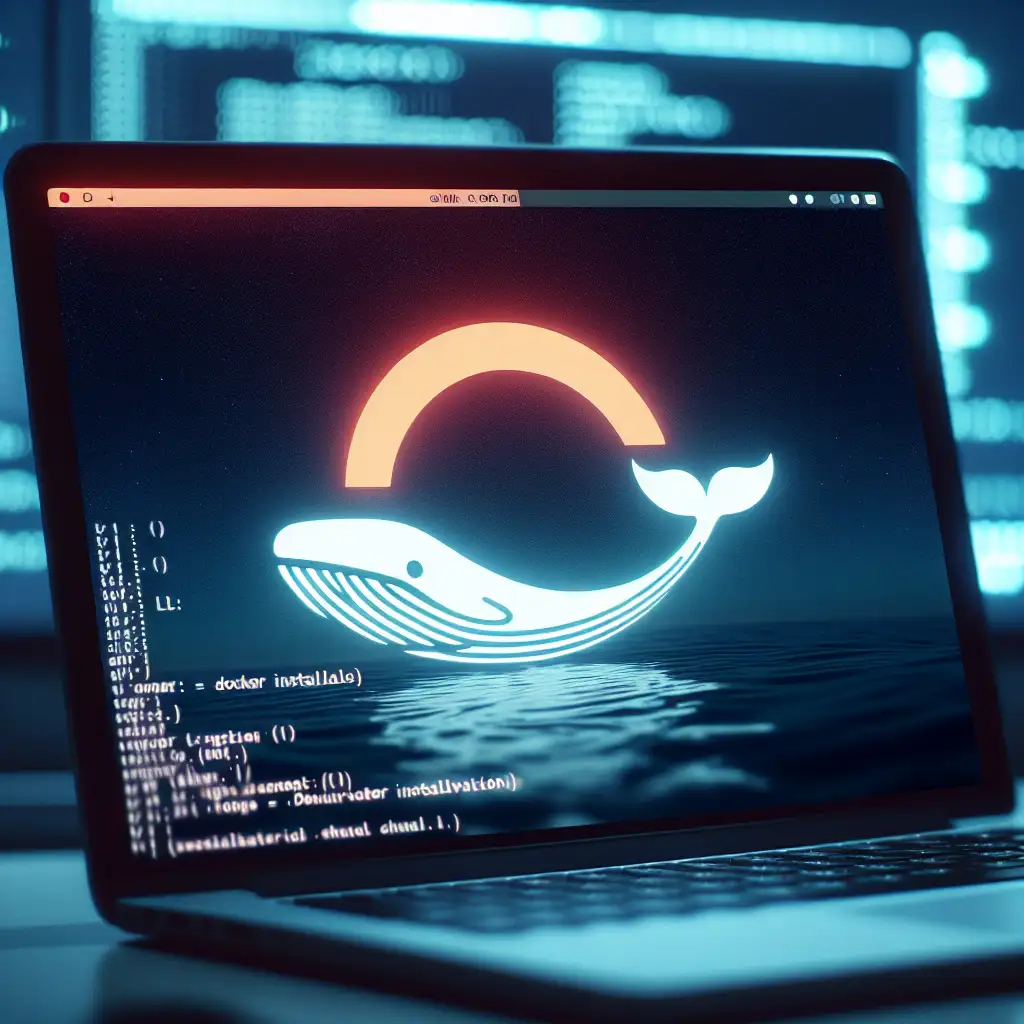Mastering Docker Installation on Ubuntu: A Step-by-Step Guide for Reliable Container Management
Most users treat Docker installation as a simple checklist, but mastering the nuances—like configuring repositories, managing dependencies, and ensuring compatibility—can save hours of troubleshooting down the line. Let's dive into how a meticulous installation process on Ubuntu primes your system for seamless container orchestration.
Why Care About Proper Docker Installation?
Efficient containerization starts with correctly setting up Docker, the cornerstone for creating, deploying, and managing containers on Ubuntu. This foundation ensures developers can build scalable, reproducible environments critical for modern software development and operations. Skipping or rushing the installation process often leads to pitfalls like conflicting packages, outdated versions, or permission issues — all of which hinder productivity.
Prerequisites Before Installing Docker on Ubuntu
- A machine running Ubuntu 18.04, 20.04, 22.04, or later.
- A user account with
sudoprivileges. - A stable internet connection for downloading packages and updates.
Step 1: Uninstall Any Old Docker Versions
Docker packages previously installed may conflict with the current version, so clean removal is important:
sudo apt-get remove docker docker-engine docker.io containerd runc
This command will remove older Docker packages but won’t affect any custom containers or images you have created.
Step 2: Update Your Package Index
It's best practice to update the package list to reflect the latest available packages:
sudo apt-get update
Step 3: Install Required Packages for apt to Use a Repository Over HTTPS
Docker’s official apt repository requires some supporting packages on Ubuntu:
sudo apt-get install -y apt-transport-https ca-certificates curl software-properties-common
apt-transport-httpsallows the use of HTTPS with APT.ca-certificateshandles SSL authentication.curlis used for downloading files.software-properties-commonprovides theadd-apt-repositorycommand.
Step 4: Add Docker’s Official GPG Key
This secures the packages you download from Docker’s repositories:
curl -fsSL https://download.docker.com/linux/ubuntu/gpg | sudo gpg --dearmor -o /usr/share/keyrings/docker-archive-keyring.gpg
Tip: The above command saves the keyring securely and avoids warnings about missing keys.
Step 5: Set Up the Stable Docker Repository
Add Docker’s official repository to your apt sources list with the correct architecture and distribution. This ensures you install the latest stable Docker version tailored for your Ubuntu release.
echo "deb [arch=$(dpkg --print-architecture) signed-by=/usr/share/keyrings/docker-archive-keyring.gpg] \
https://download.docker.com/linux/ubuntu $(lsb_release -cs) stable" | sudo tee /etc/apt/sources.list.d/docker.list > /dev/null
Step 6: Update Package Index Again
After adding the new Docker repository, refresh the package lists to include Docker’s packages:
sudo apt-get update
Step 7: Install Docker Engine, CLI, and Containerd
Now install the three essential Docker components:
sudo apt-get install -y docker-ce docker-ce-cli containerd.io
docker-ce: Docker Community Edition Engine.docker-ce-cli: Command-line client for Docker.containerd.io: Container runtime.
Step 8: Verify Docker Installation
Check that Docker service is running and the installed version:
sudo systemctl status docker
You should see output indicating the service is active (running).
To verify the Docker version:
docker --version
Example output:
Docker version 24.0.1, build abcdefg
Step 9: Run a Test Container to Confirm Setup
Run a simple “Hello World” container to verify everything works perfectly:
sudo docker run hello-world
Expected output:
Hello from Docker!
This message shows that your installation appears to be working correctly.
Optional: Manage Docker as a Non-root User
By default, Docker commands require sudo. To avoid typing sudo each time, add your user to the docker group:
sudo usermod -aG docker $USER
You must log out and log back in for this to take effect.
Test with:
docker run hello-world
Recap – The Importance of a Meticulous Installation
Following these carefully laid out steps guarantees a reliable and secure Docker installation. It minimizes surprises during container deployment and promotes a smoother development and deployment workflow on Ubuntu.
Troubleshooting Tips
- Docker command not found: Make sure Docker is installed and your system’s PATH is correct.
- Permission denied errors: Don't forget to add your user to the
dockergroup or run commands withsudo. - Outdated Docker version: Always install from Docker’s official repository, not the default Ubuntu repo, which can be outdated.
Final Thoughts
Mastering Docker installation on Ubuntu doesn't just mean ticking off commands; it’s about understanding the role each step plays in creating a stable environment. With this foundation, you are ready to leverage Docker’s full power for containerization, whether it’s for development, testing, or production workloads.
Happy containerizing! 🚀
If you found this guide helpful, subscribe or follow for more practical DevOps and software development tips.
